Carlo Guzzi’s first prototype motorcycle of 1919 was unconventional in so far as its single-cylinder engine was installed horizontally, and by the end of the 1930s the ‘flat single’ had established itself as a Guzzi hallmark. The importance of racing as a means of publicising Carlo Guzzi and Giorgio Parodi’s fledgling marque had been recognised right from the start, at least by the latter, but it would be several years before the firm offered versions of its works racers for sale to the public. Moto Guzzi’s first successful customer racer was the pre-war Condor, introduced in 1938 and revamped for 1946 as the Dondolino (rocking chair). A more highly developed version produced by Ing. Giulio Carcano for factory tester and budding racer Ferdinando Balzarotti resulted in the legendary Gambalunga (long legs). Its Gambalunga soubriquet arose from the engine’s long-stroke configuration, a break from Guzzi’s customary practice, though normal service was soon resumed when in 1948 the traditional 88x82mm bore/stroke dimensions were reinstated. Also making its debut on the Gambalunga was Guzzi’s own design of leading-link front fork that would later find its way on to the firm’s Grand Prix machines. Introduced for 1949, the 250cc Gambalunghino (little long leg) version was based on the pre-war Albatros racer, sharing the same basic frame, 247cc single-overhead-camshaft engine and four-speed gearbox. Using a developed version of an already proven design enabled Guzzi to get the better of the opposition, and Bruno Ruffo duly brought the inaugural 250cc World Championship back to Mandello del Lario at the season’s end. Dario Ambrosini and Benelli took the 250 honours the following year but Guzzi bounced back immediately, Ruffo taking the Championship in 1951 and Enrico Lorenzetti in 1952. From 1953 onwards though, and despite Guzzi’s introduction of four-valve and twin-overhead-camshaft engines, the 250 Championship would belong exclusively to NSU. Although ultimately outclassed at Grand Prix level, the 250 Guzzi remained a favourite of privateers for many seasons. Indeed, in 1962 Arthur Wheeler finished a magnificent 3rd in the World Championship, beaten only by the works Hondas of Jim Redman and Bob McIntyre. From 1959 onwards Wheeler’s Guzzis used frames fabricated by Ken Sprayson of Reynolds Tubes, and the machine we offer features one constructed along similar lines. The machine was purchased by the vendor from a South African collector, while other past owners have included Peter Harper and Paul Ingham. Its engine is said to run well and the vendor advises us that a new chain, sprockets and front brake linings have been fitted
Carlo Guzzi’s first prototype motorcycle of 1919 was unconventional in so far as its single-cylinder engine was installed horizontally, and by the end of the 1930s the ‘flat single’ had established itself as a Guzzi hallmark. The importance of racing as a means of publicising Carlo Guzzi and Giorgio Parodi’s fledgling marque had been recognised right from the start, at least by the latter, but it would be several years before the firm offered versions of its works racers for sale to the public. Moto Guzzi’s first successful customer racer was the pre-war Condor, introduced in 1938 and revamped for 1946 as the Dondolino (rocking chair). A more highly developed version produced by Ing. Giulio Carcano for factory tester and budding racer Ferdinando Balzarotti resulted in the legendary Gambalunga (long legs). Its Gambalunga soubriquet arose from the engine’s long-stroke configuration, a break from Guzzi’s customary practice, though normal service was soon resumed when in 1948 the traditional 88x82mm bore/stroke dimensions were reinstated. Also making its debut on the Gambalunga was Guzzi’s own design of leading-link front fork that would later find its way on to the firm’s Grand Prix machines. Introduced for 1949, the 250cc Gambalunghino (little long leg) version was based on the pre-war Albatros racer, sharing the same basic frame, 247cc single-overhead-camshaft engine and four-speed gearbox. Using a developed version of an already proven design enabled Guzzi to get the better of the opposition, and Bruno Ruffo duly brought the inaugural 250cc World Championship back to Mandello del Lario at the season’s end. Dario Ambrosini and Benelli took the 250 honours the following year but Guzzi bounced back immediately, Ruffo taking the Championship in 1951 and Enrico Lorenzetti in 1952. From 1953 onwards though, and despite Guzzi’s introduction of four-valve and twin-overhead-camshaft engines, the 250 Championship would belong exclusively to NSU. Although ultimately outclassed at Grand Prix level, the 250 Guzzi remained a favourite of privateers for many seasons. Indeed, in 1962 Arthur Wheeler finished a magnificent 3rd in the World Championship, beaten only by the works Hondas of Jim Redman and Bob McIntyre. From 1959 onwards Wheeler’s Guzzis used frames fabricated by Ken Sprayson of Reynolds Tubes, and the machine we offer features one constructed along similar lines. The machine was purchased by the vendor from a South African collector, while other past owners have included Peter Harper and Paul Ingham. Its engine is said to run well and the vendor advises us that a new chain, sprockets and front brake linings have been fitted

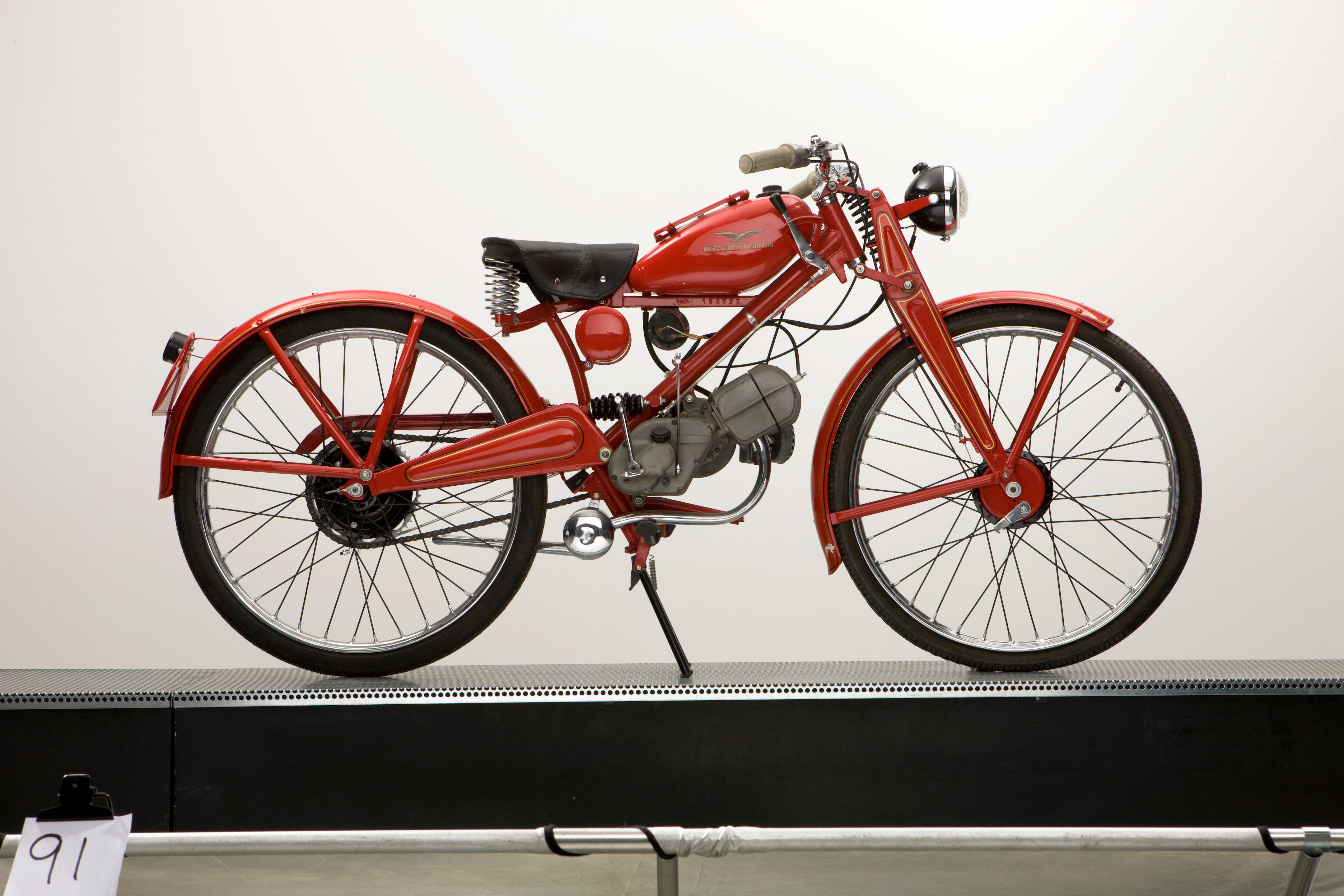
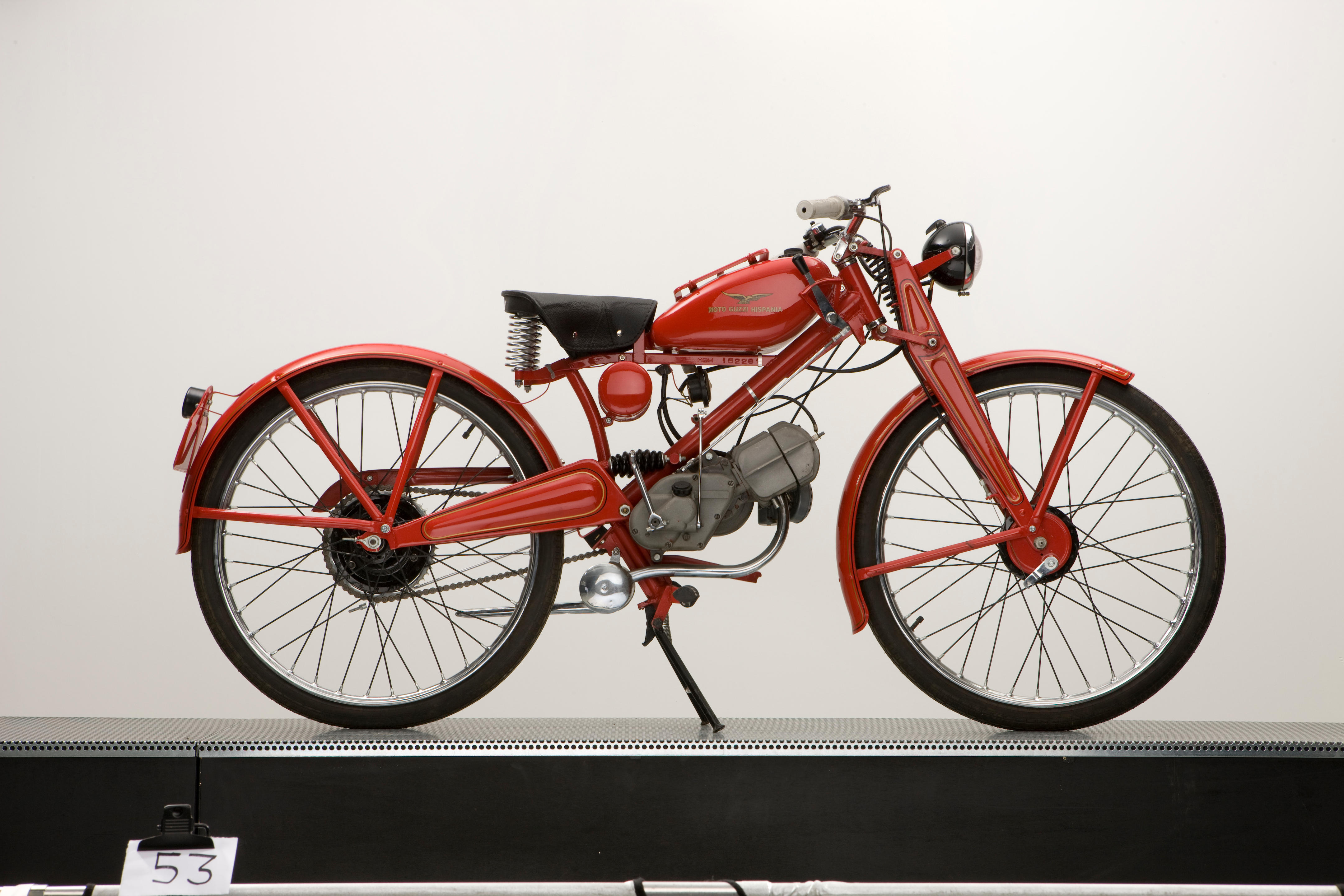

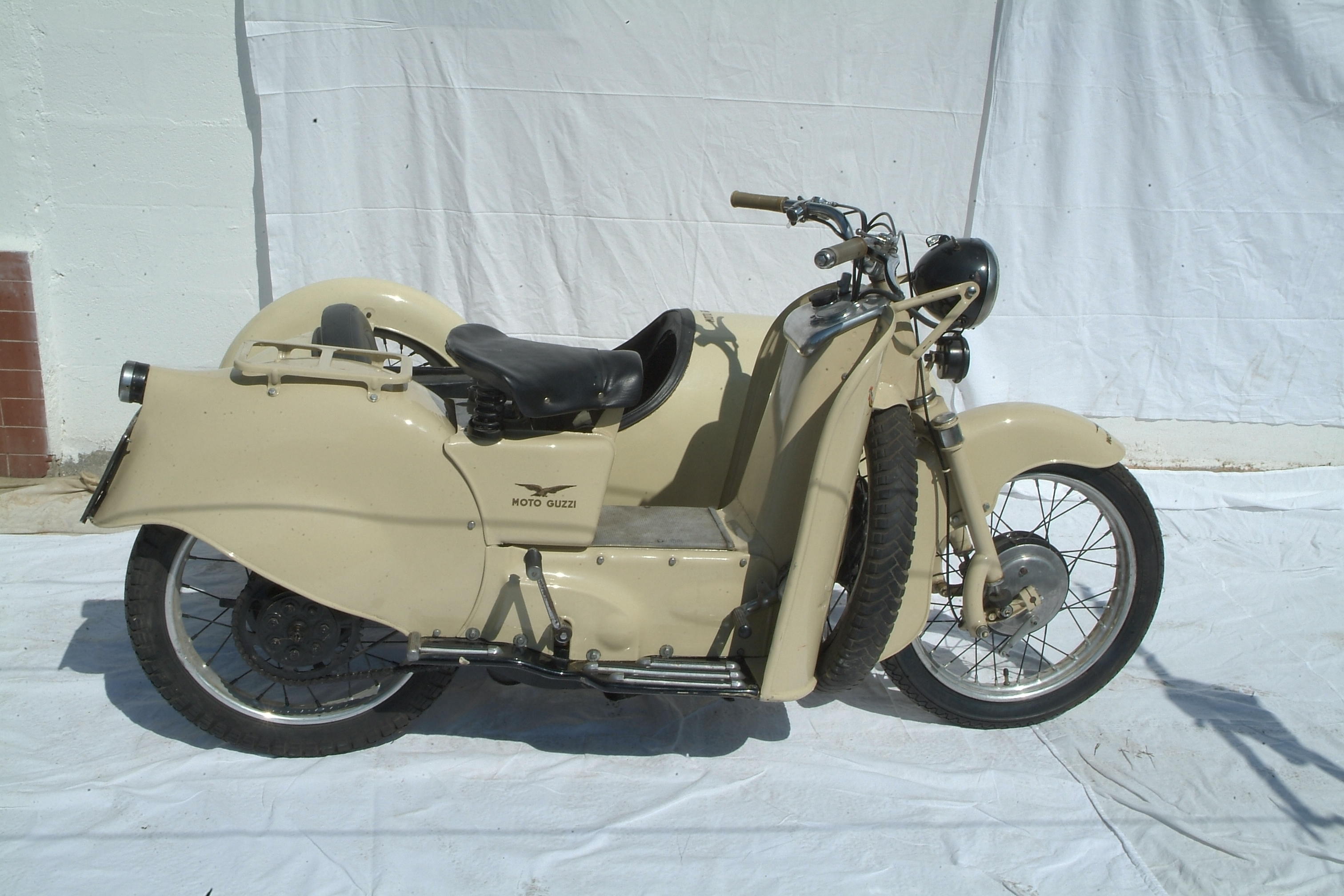
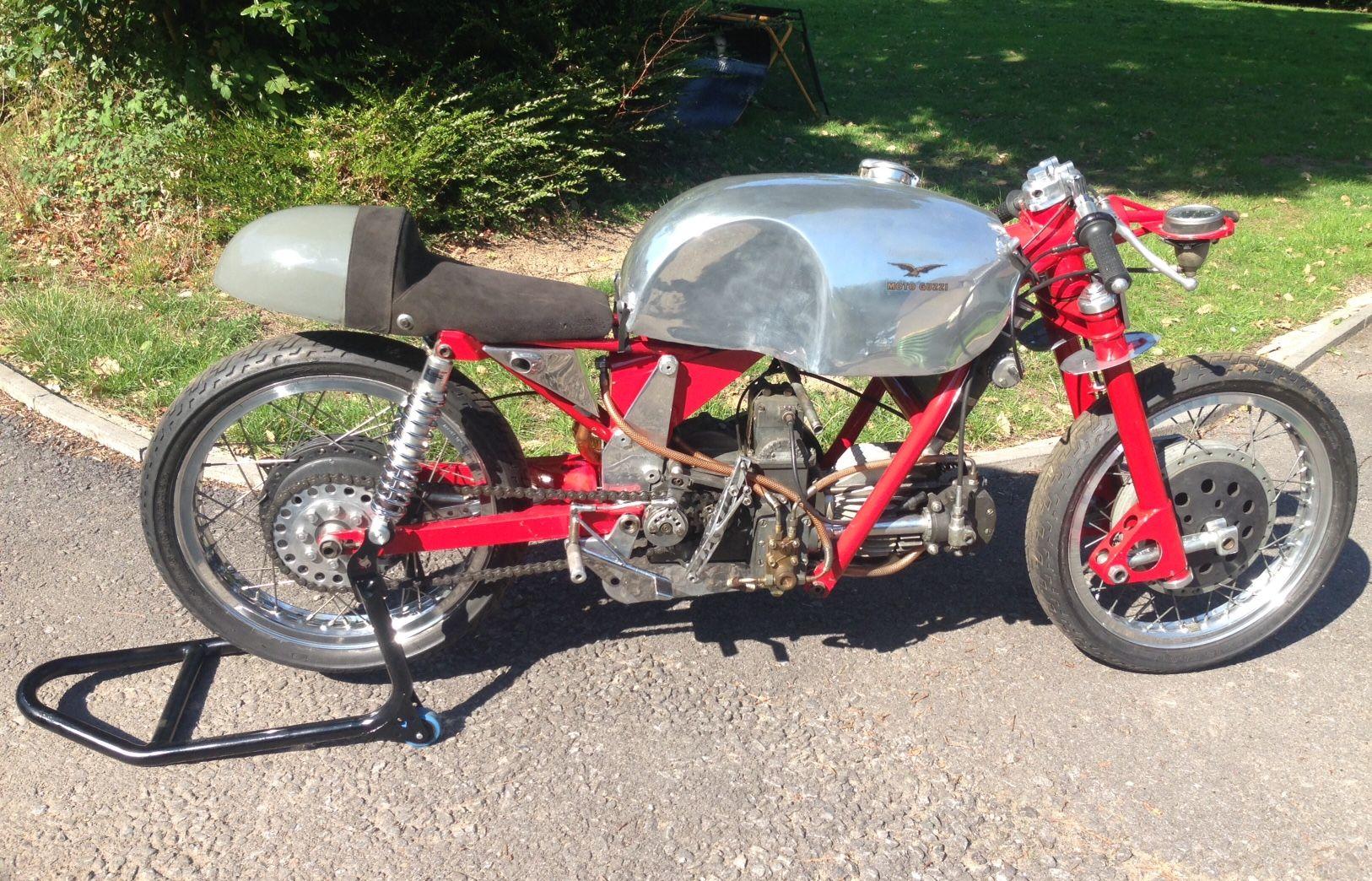

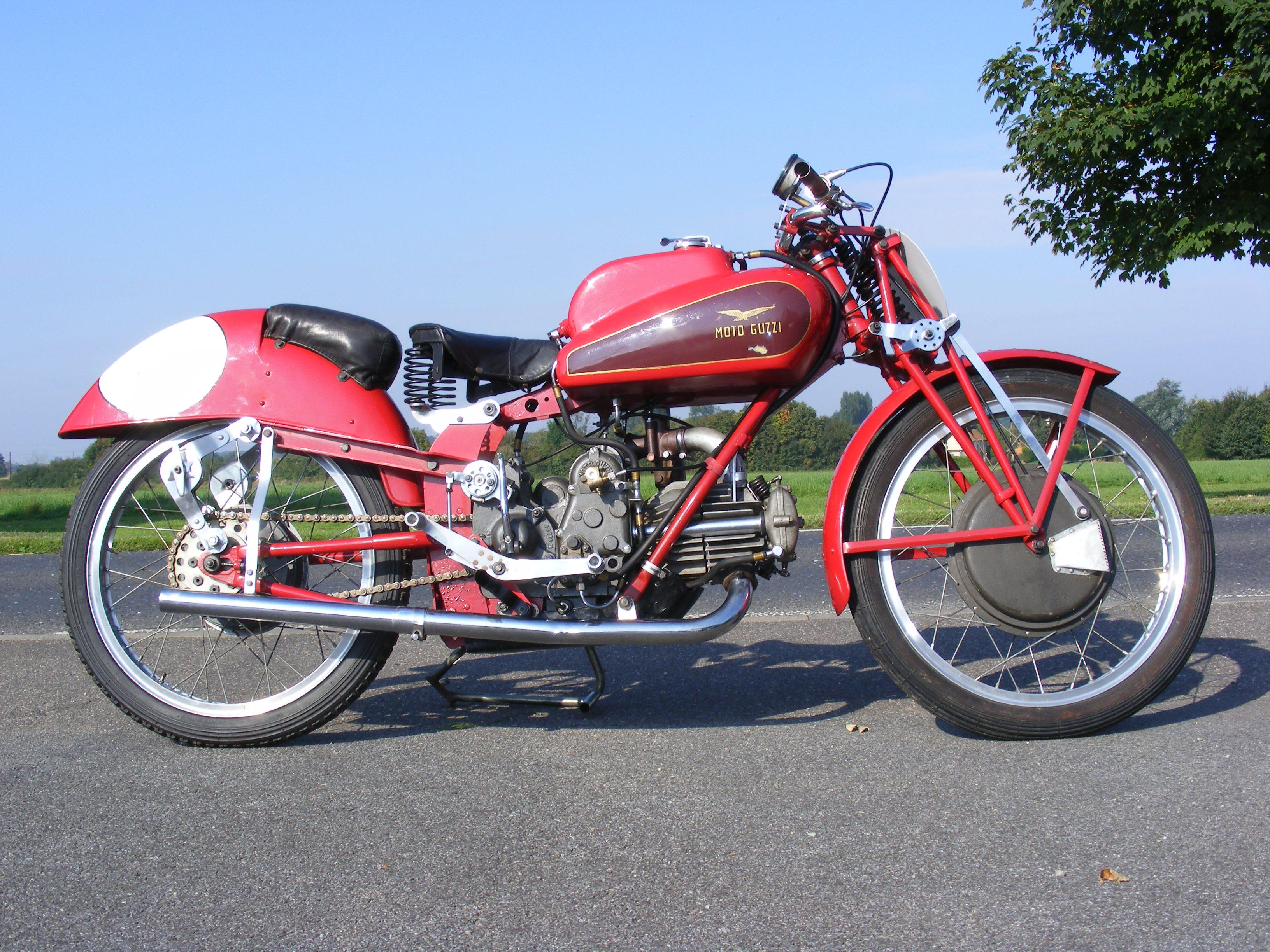


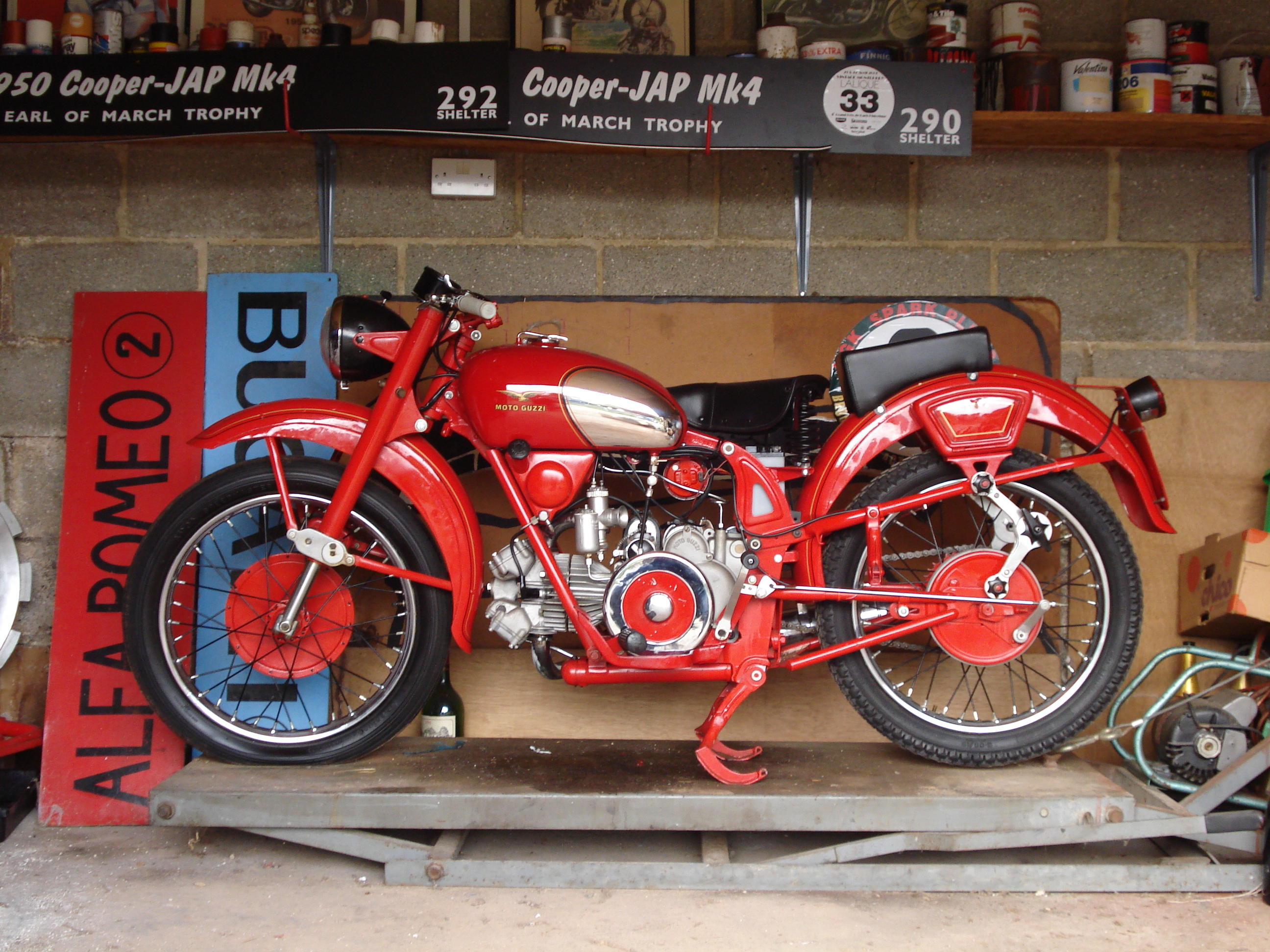


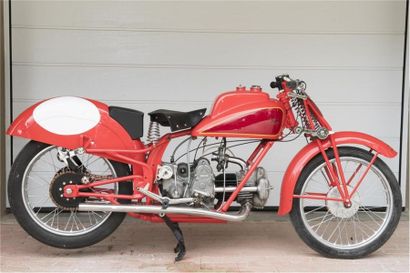

Testen Sie LotSearch und seine Premium-Features 7 Tage - ohne Kosten!
Lassen Sie sich automatisch über neue Objekte in kommenden Auktionen benachrichtigen.
Suchauftrag anlegen